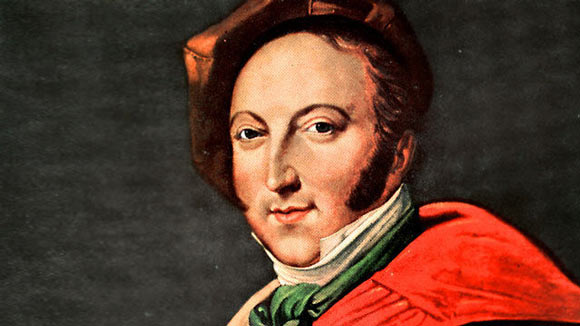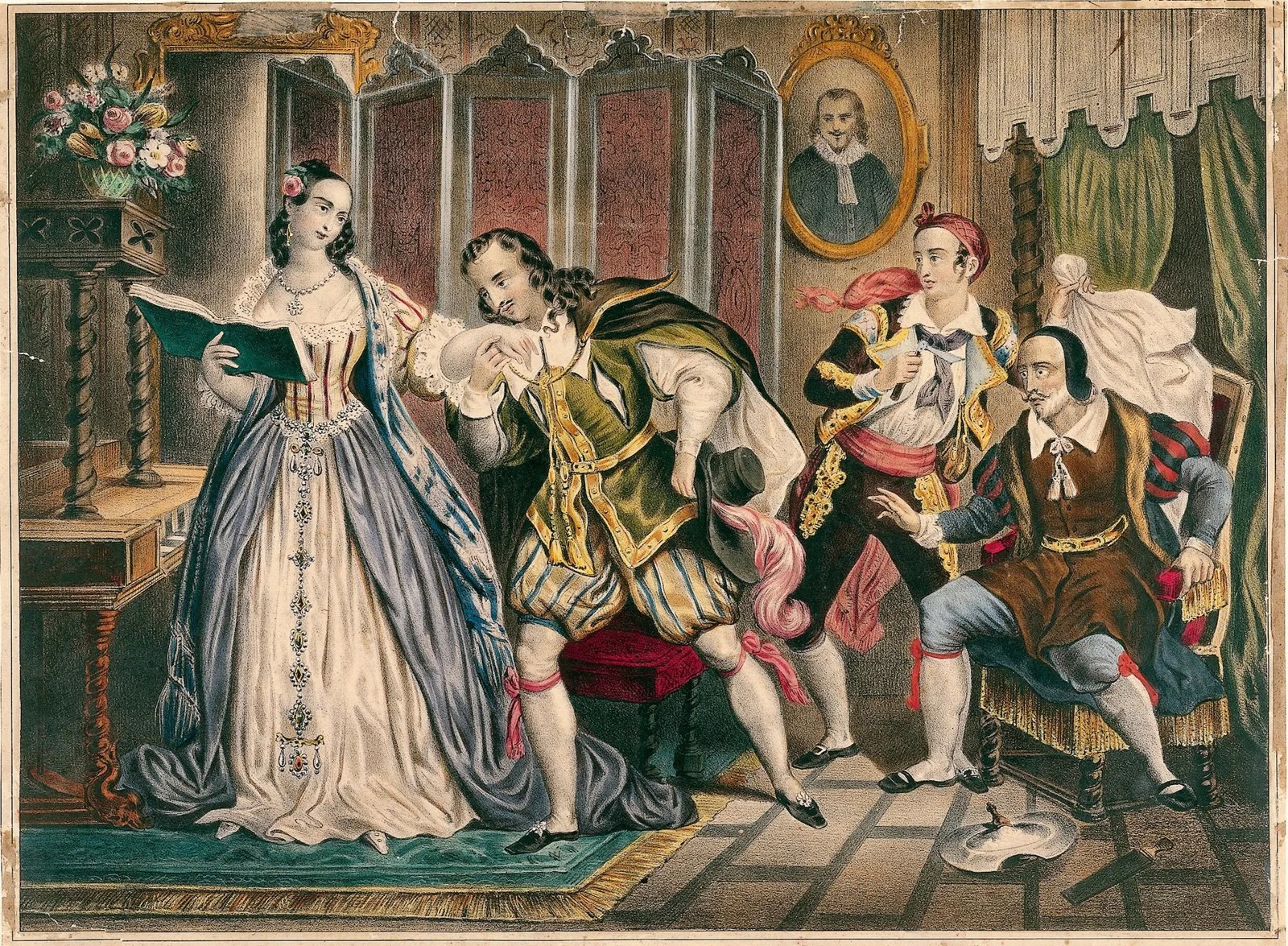The Barber of Seville - Background oF the Opera
Gioachino Rossini was born on leap day 1792 in Pesaro, a small town on Italy’s Adriatic coast. His parents – father Giuseppe, a trumpeter and inspector of slaughterhouses, and mother Anna, a singer and baker’s daughter – started his musical training early.

While still a young teenager, Rossini began musical studies at the conservatory in Bologna. There he gained the nickname “the little German” for his devotion to Mozart, and he won a prize for a cantata that he composed. In 1810 at the age of 18, Rossini had his first opera, the one-act comedy La cambiale di matrimonio (The Marriage Contract), produced in Venice. Other operas soon followed, and Rossini achieved a substantial success with La pietra del paragone (The Touchstone) when it was introduced at La Scala in 1812 and given 50 performances in its first season. The following year brought triumphant premieres of the dramatic Tancredi and the comedic L’Italiana in Algeri (The Italian Girl in Algiers) at different theaters in Venice. With these successes, the 21 year old Rossini became the idol of the Italian opera public.
In 1815, an impresario of opera houses in Naples hired Rossini as music director for the Teatro San Carlo. Rossini’s responsibilities included writing operas for this theater. The contract paid well, including a cut from the impresario’s popular gaming tables that were operated to help fund theatrical operations. In Naples, older composers such as Giovanni Paisiello were jealous of the young Rossini. However, Rossini scored an enthusiastic public success with his opera, Elisabetta, Regina d’Inghilterra (Elizabeth, Queen of England).
Rossini’s agreement with Naples permitted him to compose operas for other cities, too. Almaviva, ossia L’inutile precauzione (Almaviva, or the Useless Precaution), based on the French playwright Beaumarchais’ play The Barber of Seville, premiered on February 20, 1816 at Rome’s Teatro Argentina. It proved to be one of the great fiascoes in operatic history.

The Beaumarchais play had already been used several times as the source material for an opera, the most notable being Paisiello’s Il barbiere di Siviglia (The Barber of Seville) which had its first performance in St. Petersburg, Russia, in 1782. At the time of the premiere of Rossini’s version, Paisiello was still alive and his operatic Barber was popular in Italy. To assuage those who felt Rossini was an upstart and that his use of the same material was disrespectful to the older composer, he changed the name of his opera to that of the story’s male romantic lead, Almaviva. This did not prevent the audience from hissing and jeering throughout the first performance.
Following the dismal first hearing of his opera, Rossini did not attend the next. The second performance reversed the fate of Rossini’s new work: it was a notable success. Soon performances of Rossini’s opera would eclipse those of Paisiello’s version. In Bologna in 1816 Rossini’s work would be called Il barbiere di Siviglia for the first time.
Like many of his other operas, Rossini created Il barbiere di Siviglia quickly. Though there is disagreement to the exact length of time it took, it was definitely composed in less than a month. For the overture, Rossini used one that had already served the function for two of his earlier works, Elisabetta, Regina d’Inghilterra and Aureliano in Palmira. In spite of the speed at which he wrote, Rossini created an opera filled with grace and wit. Today, it is one of the most performed operas in the world.
Greg Trupiano (1955-2020) joined Sarasota Opera in 1987 and was with the company until his death. He was also founder and artistic director of The Walt Whitman Project.
